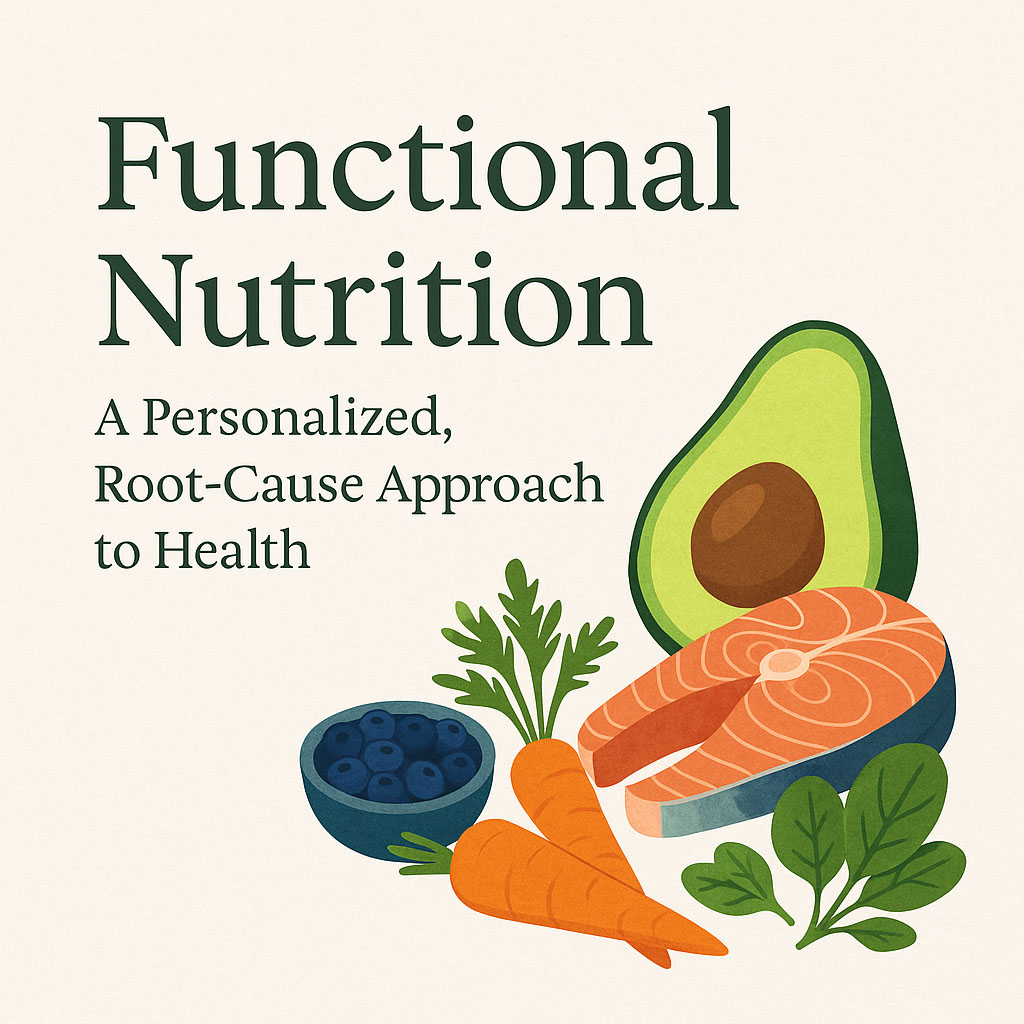Around the world, there are pockets of people living not only longer but healthier and more vibrant lives. These regions, called “Blue Zones,” have become the subject of much fascination and research, offering clues into how we might extend both our lifespan and our healthspan. The term was popularized by Dan Buettner, who identified five such regions: Okinawa in Japan, Sardinia in Italy, Ikaria in Greece, the Nicoya Peninsula in Costa Rica, and Loma Linda in California. Though geographically and culturally diverse, these areas share strikingly similar dietary and lifestyle habits that seem to be the cornerstone of their longevity.
A Common Thread: Plant-Based Living
One of the most consistent findings across all Blue Zones is a predominantly plant-based diet. People in these areas consume a wide variety of vegetables, legumes, whole grains, fruits, nuts, and seeds. Meat is eaten sparingly, often reserved for special occasions or consumed in very small quantities. Instead of centering their meals around animal proteins, these communities focus on beans and lentils, which are packed with fiber, plant protein, and beneficial polyphenols.
In Okinawa, for example, the traditional diet consists largely of sweet potatoes, green leafy vegetables, tofu, and seaweed. Sardinians enjoy minestrone-style soups made with beans and seasonal vegetables, while Ikarians consume an array of wild greens, legumes, and whole grains. The Nicoyan diet features black beans, corn tortillas, and tropical fruits, and the residents of Loma Linda—many of whom are Seventh-day Adventists—follow a vegetarian or vegan lifestyle rich in legumes, whole grains, nuts, and soy products.
Legumes: The Unsung Heroes
Legumes play a central role in all Blue Zone diets. From black beans in Nicoya to lentils in Ikaria, these humble foods provide essential nutrients that support cardiovascular health, stabilize blood sugar, and nourish gut bacteria. They are inexpensive, widely available, and easy to incorporate into a variety of dishes. A cup of cooked beans daily is a common thread among centenarians, offering a rich source of plant-based protein and complex carbohydrates.
Whole Foods Over Processed Foods
Another defining characteristic of Blue Zone diets is the absence—or near absence—of processed foods. Meals are made from scratch using fresh, whole ingredients. Sugar and refined carbohydrates are consumed in minimal amounts, often as part of a celebratory treat rather than a daily indulgence. This approach helps maintain stable energy levels, reduce inflammation, and prevent chronic diseases such as diabetes and heart disease.
Healthy Fats and Herbs
While fat is not avoided, it comes from natural, unprocessed sources. Olive oil is a staple in the Mediterranean Blue Zones, prized for its heart-protective monounsaturated fats and antioxidant properties. Nuts and seeds provide additional healthy fats, as well as fiber and protein. Herbs and spices like rosemary, turmeric, oregano, and garlic are used not just for flavor, but also for their anti-inflammatory and antimicrobial benefits.
Eating Patterns and Portion Control
In Okinawa, the principle of “hara hachi bu”—eating until you are 80% full—guides meal portions. This mindful approach to eating helps prevent overeating and allows the body to maintain a healthy weight naturally. Across the Blue Zones, meals are often consumed in a relaxed environment, often with family or community, fostering a sense of connection and reducing stress.
Dinner is typically the lightest meal of the day, often consumed in the early evening. This gives the digestive system ample time to process food before sleep and aligns with circadian rhythms that support metabolic health.
Seasonal and Local Eating
Blue Zone residents eat what grows around them, which means their diets are naturally seasonal and varied. This not only ensures maximum nutrient density but also supports local agriculture and reduces environmental impact. Whether it’s bitter melon in Okinawa or wild greens in Ikaria, the foods are as fresh and organic as they come, often harvested from home gardens.
The Role of Community and Ritual
Meals in Blue Zones are more than just fuel—they’re a ritual. Food is often prepared and eaten with family and friends, which enhances emotional well-being and fosters a sense of belonging. Celebrating meals as a shared experience contributes to lower stress levels and a more positive relationship with food.
Making Blue Zone Eating Work for You
Incorporating Blue Zone principles into your daily life doesn’t mean you have to overhaul your diet overnight. Start small:
- Add a serving of beans to your lunch or dinner.
- Swap refined grains for whole grains like brown rice or quinoa.
- Introduce more vegetables into your meals, aiming for a variety of colors and types.
- Cook more meals at home using fresh, minimally processed ingredients.
- Eat slowly and mindfully, paying attention to hunger and fullness cues.
- Enjoy meals with loved ones whenever possible.
A Day in the Life: Blue Zone-Style Meals
Breakfast: Overnight oats with walnuts, fresh berries, and a drizzle of honey.
Lunch: Lentil and vegetable stew with a slice of whole grain bread and a mixed greens salad.
Snack: A handful of almonds and a piece of seasonal fruit.
Dinner: Stir-fried tofu with broccoli, bell peppers, and brown rice, seasoned with garlic and ginger.
Evening: Herbal tea with a square of dark chocolate.
These meals emphasize whole foods, balance, and variety—key tenets of the Blue Zone approach.
Conclusion
The dietary patterns of Blue Zone communities offer a powerful blueprint for living a longer, healthier life. By focusing on plant-based foods, healthy fats, whole grains, and mindful eating practices, we can cultivate vitality and longevity. It’s not just about adding years to your life, but life to your years.
As Hippocrates wisely said, “Let food be thy medicine and medicine be thy food.” The Blue Zones show us how to turn this ancient wisdom into everyday practice.


